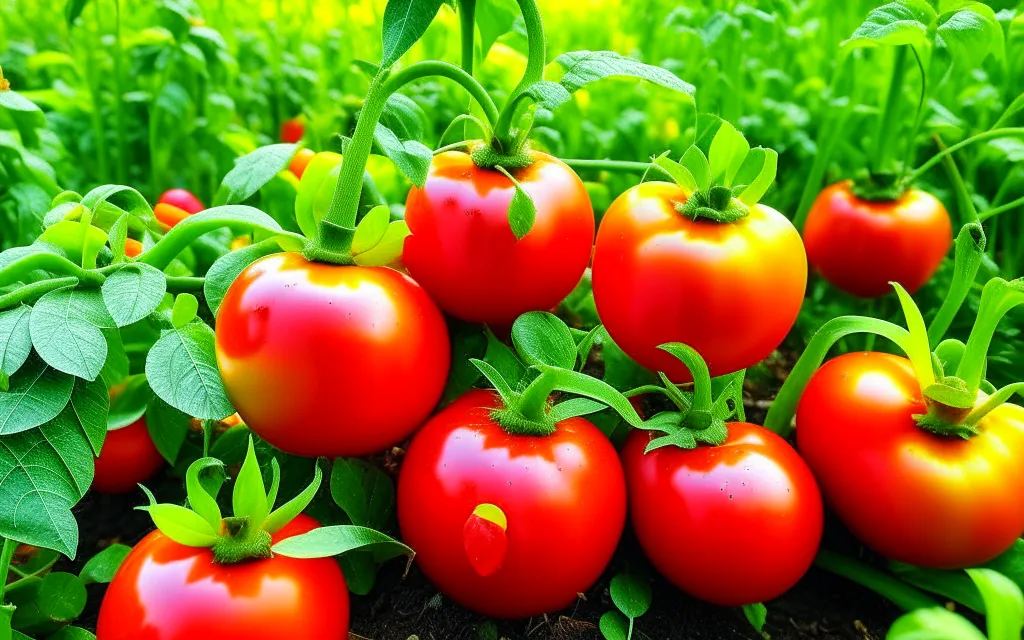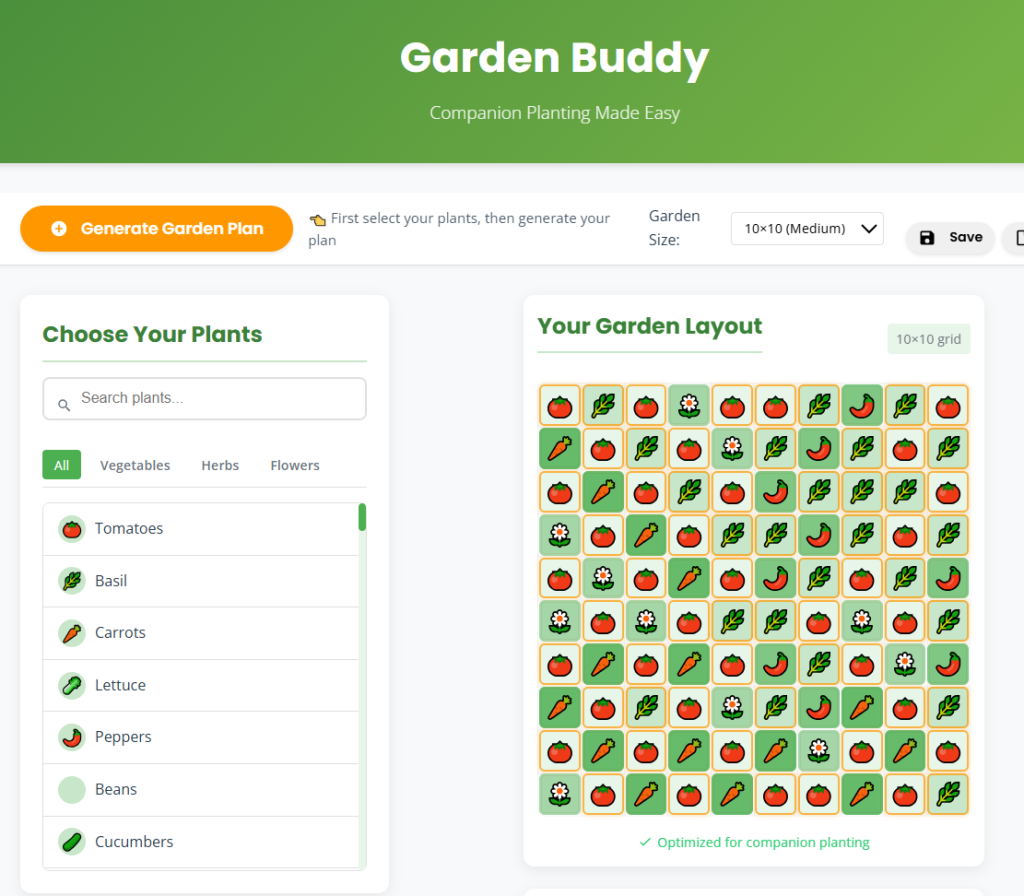
Growing Tomatoes: Tips, Tricks, and Companion Planting
I. Introduction
Ah, tomatoes! They’re the crown jewels of gardens, aren’t they? With their vibrant colors, sweet flavors, and endless culinary possibilities, it’s no wonder we all want to grow them. But what does it take to cultivate these delicious gems? Ultimately, it boils down to a few key factors: sunlight, water, and a life-sustaining soil rich in nutrients. Given their need for at least 6-8 hours of direct sunlight and consistent watering, you’ll be well on your way to a bumper crop!
Did you know tomatoes have a fascinating history? Originating from western South America, they were domesticated by the Mesoamericans, and over the centuries, they’ve found their way into cuisines across the globe. Today, there’s an incredible variety to choose from—beefsteaks, cherry, heirloom, and even sun golds! Depending on your garden space, you can grow them vertically, sprawling across the ground, or in containers on your patio. My grandmother swore by vertical growing for better air circulation and less disease, and I must say, she was onto something!
II. Benefits of Companion Planting for Tomatoes
I can’t stress enough how beneficial companion planting can be for tomatoes. If you’ve never tried it, you’re in for a treat! Companion planting simply means growing different plants together for mutual benefit. So, what’s in it for our beloved tomatoes?
Well, companion plants can help deter pests, improve soil health, and even boost flavor! Imagine enhancing your tomato’s taste by just planting a few herbs alongside. Isn’t that a clever trick? Plus, it’s a great way to maximize your garden space. So, which companions should you grow with your tomatoes? Let’s dive in!
What are Good Companion Plants for Tomatoes?
Here are my top three companion picks for tomatoes:
Plants to Avoid
Now, before you get too excited about planting, it’s equally important to know which plants not to put near your tomatoes. Some plants, like potatoes and brassicas, can inhibit tomato growth or invite trouble.
Summary
Companion planting offers wonderful advantages for growing tomatoes. By surrounding your tomato plants with beneficial companions like basil, marigolds, and carrots, you’ll set your garden up for success. Just remember to steer clear of troublemakers like potatoes and brassicas—keeping a safe distance will help ensure a bountiful harvest. So, grab those seeds, get your garden ready, and let’s start growing those delectable tomatoes together!
Planting Guidelines for Companion Plants with Tomatoes
If you’ve ever been tempted to grow tomatoes alongside other plants, you’re on the right track! Companion planting can enhance flavors, deter pests, and even boost yields. Let’s dive into how to space your companion plants effectively.
A General Rule for Spacing
For many companion plants, a good general rule of thumb when along with tomatoes is to keep them at a distance of 12 to 18 inches apart. This spacing allows for healthy air circulation, which is crucial for disease prevention.
Guidelines for Tall Companions
When you’re dealing with tall companions, it’s essential to plant them far enough away so they don’t overshadow your tomatoes. Aim for a spacing of about 24 to 36 inches between the plants.
Guidelines for Low-Growing Companions
Low-growing companions can hug the ground beautifully and won’t steal the spotlight from your tomato plants. A distance of 6 to 12 inches is ideal for these plants.
Guidelines for Strongly Aromatic Companions
Plants with strong fragrances can act as a deterrent for certain pests. Keep these companions about 12 to 18 inches away from your tomatoes.
Guidelines for Nutrient-Heavy Feeders
If you’re planting heavy feeders alongside your tomatoes, it’s beneficial to give them a wider berth. Space them about 12 to 24 inches apart since they’ll crave those nutrients.
Guidelines for Spreading or Vining Companions
These plants can cover lots of ground, so they’ll need more space—around 18 to 24 inches apart is ideal.
Tip for Adjusting Based on Conditions
Don’t forget that your specific garden conditions, like soil type and sunlight hours, may require you to tweak these distances a bit. Always consider the mature sizes of your chosen plants, and make sure they have enough space to thrive without competing too much for light and nutrients.
Companion Plant Summaries
Basil
Basil is renowned for its ability to enhance the flavor of tomatoes. It also pairs well with peppers and can be planted alongside carrots and oregano. When growing basil, keep in mind that it prefers warm weather and well-drained soil. Make sure to space it about 12 to 18 inches from your tomato plants.
Marigolds
Marigolds are fantastic companions for tomatoes, helping to ward off nematodes and some pests. They also do well alongside peppers and eggplant. Their bright blooms are a wonderful addition to any garden! Plant them about 12 to 18 inches away from your tomatoes for optimal impact.
Carrots
Carrots are a great planting companion because they grow under the soil and won’t overshadow your tomatoes. They’re also happy being near onions and lettuce. With a spacing of about 12 to 18 inches, they can enjoy the same nutrients without competing too much.
I hope these guidelines help you create a lush, thriving garden! Happy planting!

Leave a Reply